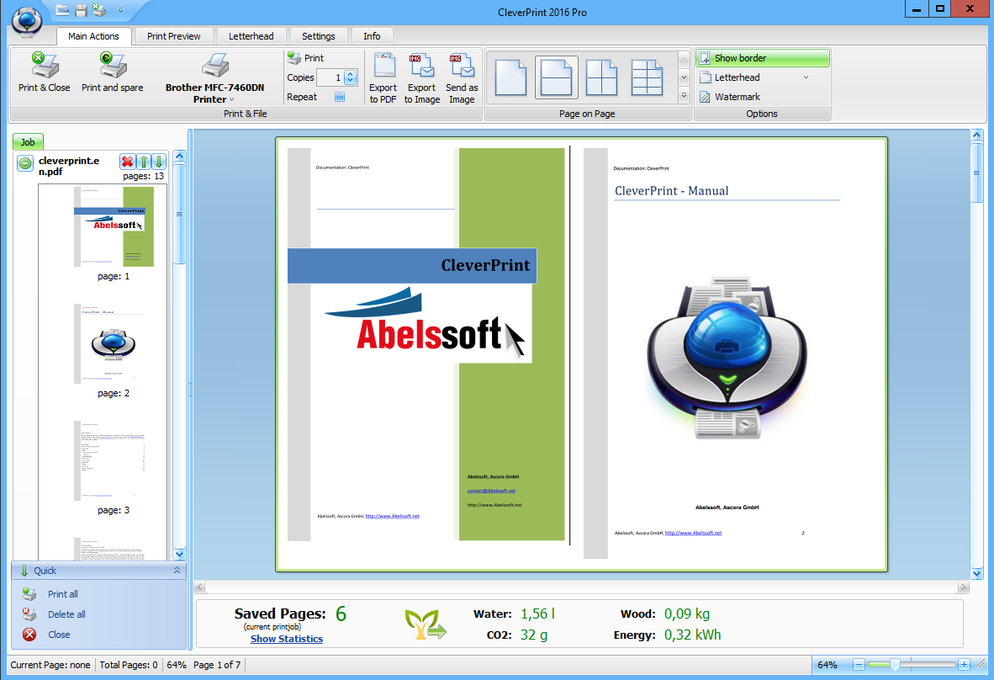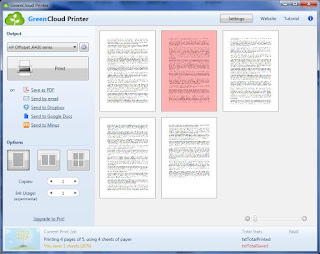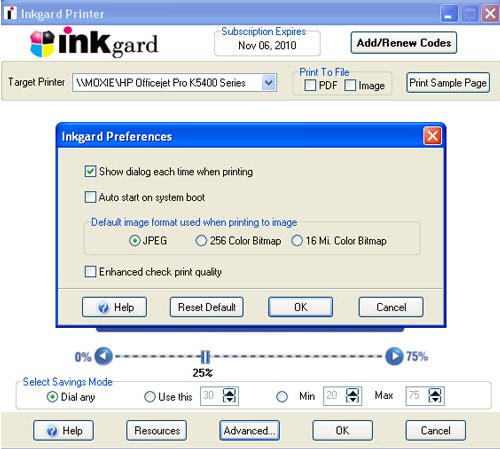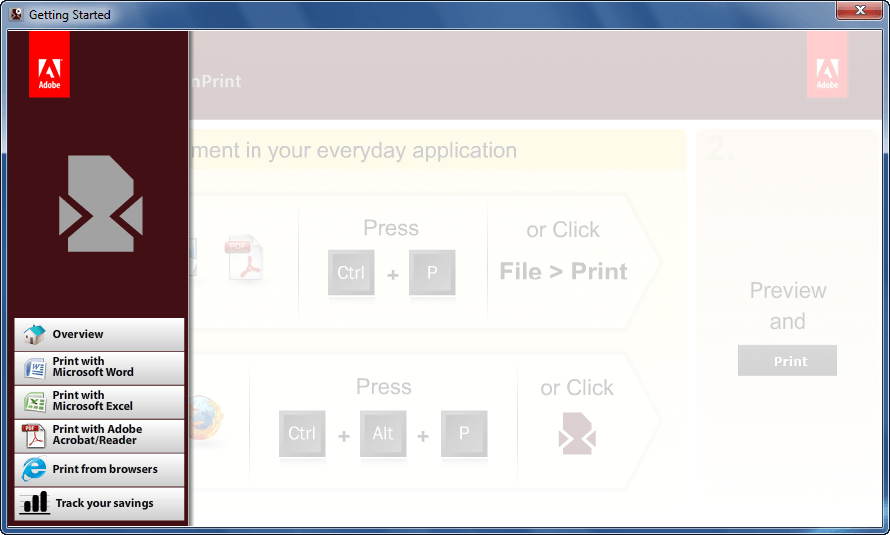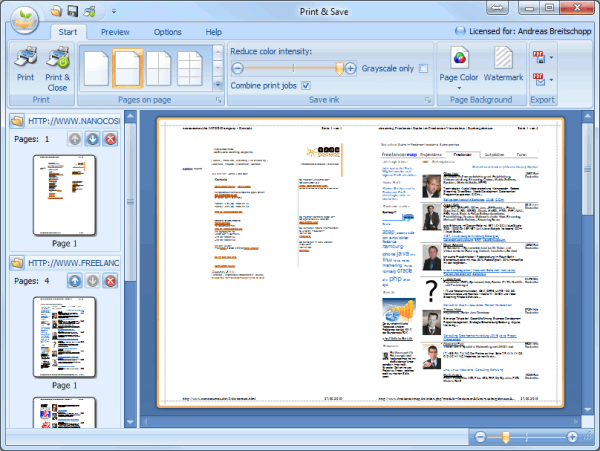Nesting software for cutting optimisation of curved shapes is expensive
These are notes-to-self by somone who wants to download cheap 2d nesting software and promote a vegan shoe shop. One way of keeping notes is to write a kind of guide to what nesting software is, then a list of discovered nesting software prices and sources, so here goes. I don't claim to have tried all this software or made it work - in fact I am still quite stuck but offer the notes anyway.
Scroll-down if you just want the links.
What nesting software for sheet cutting optimisation is
People who have cut material out of sheet for know the advantage of nesting cut-out shapes into the tightest possible pattern on least material. Some people are better or worse than others at doing it by hand, but those who do it for a living are probably good. Those who cut from irregular and blemished products like hydes have to work manually or use even more specialised software. The idea of a computer program to give a second opinion on how to lay-out the parts is good too - particularly if you don't have years of experience, or you don't like the job, or else you are a machine and need vector graphic code to cut from, or if you have discovered that microfiber can be as good as leather with a more regular shape and less blemishes.
The flavours are
Nesting software for curved shapes is seldom bought or sold, so publishers are coy about prices in the hundreds or even thousands if part of a CAD CAM package for some niche market like igloo-building, ship building, which is the same but the other way up, or footwear, clothing and apparel which is often the same way-up as igloos but has a range of sizes. The machines for making a shape on a screen, or converting to make a shape on a welder or wood carver or lazer are different too. You can see I'm bluffing a little here and will have a look at this discovered link some time about machines for making.
- one dimensional nesting software, for cutting lengths - sometimes free,
- two dimensional nesting software, for cutting rectangles - sometimes free, and
- two dimensional nesting software, for nesting other shapes - true shape nesting software - nearly always expensive.
The simplest case, I think, is to use nesting software to draw a pattern on a screen and then use that as a rough guide for how to cut by hand, maybe using a blade to cut round templates or positioning knives under a hydraulic press and pressing the button before moving them along a bit. Firms like Cricut are warming-up the market for cutter-plotters the size of computer printers which will cut anything less than a foot wide, if you can think of such a thing that needs cutting. Cricut Explore is their latest offering as I write. Two of the programs below are split in two to suit simple cases: you buy a section that shows you how to nest shapes; your buy another section to instruct your cutting machine if you ever save-up for one.
I don't know anything about 3D software nor the overlaps with CAD CAM software that can make searching difficult: a product can be described as free 2d Cad Cam software but not do nesting. When searching, you find a few pages of software and then a lot of references to Viking-invader style attempts to get software by any means.
Download cheap true-shape nesting or sheet cutting optimization software
- Nestlibonline.com charge between $2 a nest and $59 a month for an online cutting optimistaion service to .dxf or .pdf
- Mynesting charge between $7.50 a nest & $150 a month for an online cutting optimisation service
- E-nesting.com/faq.aspx tried to offer a free online cutting optimisation nesting service for beta testing, but offer a "busy" message instead when I try to use their test samples.
e-cut.ru: $25 for nesting only- downloadable licensed software
$25 pays for ain.e-Cut.ru of Novosibirsk which the first of the author's youtube help videos shows to be in Siberia. The 1st link is to Pavel Mishakov's A1Nesting page - ain.e-cut.ru - which is a program that nests .ai files. It does nothing else but nest in an attempt to be so simple that it needs no instruction. It works with early versions of the .ai file format described in the introduction to this Wiki page. I haven't yet managed to trace a curved shape in another program and import it as a curve - it's imported as a rectangle with a pattern on it - so ideas as comments below are welcome.
Other Mishakov software on the e-cut site - http://eng.e-cut.ru/ http://ecut5.e-cut.ru/index.php?lng=EN and htp://illustrator.e-cut.ru - works as a plugin to recent versions of CoralDraw full edition from version X3 or Adobe Illustrator Creative Suite 5+ and does other things as well, but A1nesting is ultra-simple and cheap. There is no dongle but you have to buy a code, confusingly starting with "ain" in small letters before the number-plate-like key that activates the program allowing it to open and save files in .ai format from Adobe Illustrator 8. I've bought a copy with some vague idea of making vegan shoe uppers for a vegan shoe shop and some of the experiments with it have worked.
Silhouetteamerica.com : $99 for nesting software & more
Nobody knows why a lot of people in the US buy desktop plotters for cutting card, except them. Lots of them do it. Their vast mental hospitals in the 1940s and 50s used to teach leather embossing as a theraputic job. A comparison of the cutters and their default software shows Silhouetteamerica.com/software claims to do advanced nesting for $99 - the only desktop cutter software on the list that mentions nesting at all, and only in its paid-for upgraded versions. The difference between $49 "nesting" and $99 "advanced nesting" is best understood from their $49 designer faq page and their $99 business faq page, they tell me. The programs are crippled to save in native .studio format rather than .svg so you have to search for work-arounds if this is important. For example if a machine with 210g pressure and 0.5mm clearance for material thickness is too little for your ship-building project. (Ship-building is the application that's like fashion design but the other way up, less sizes but more internal parts. Ship builders also use heaver material than fashion designers).
Ucancam.com: $145 or $270 for nesting only
I have searched a great deal for cheap or free nesting software and found multiple un-answered threads with one reference to UCanNest. It's from a Beijing Chinese firm at Ucancam.com, known for providing bundled software to go with Chinese cutter plotters. I haven't worked-out the difference between the $145 and $270 versions, but there are some youtube videos and .pdf manuals that might explain. You have to buy a dongle before the software even lets you run a trial, but if $145 is affordable that might be worth it. I guess that people who have bought cutter-plotters have also somehow bought this software, and might have a copy if they're leaving the trade.
$380 Nestprofessor.com and $480 Cutleader are a pair of programs from a Shanghai Chinese company, according to prices from C|net and a coupon code for cutleader on another site. The nestprofessor site gives a range of US dollar prices for extra features such as nesting a part within a part.
free vector graphics software to use with nesting software
free illustrator downloads
Adobe CS2 products are now available to download for free, as far as anyone can tell from Adobe's publishing of download links and free universal serial numbers, even if they state that this is a service for people who have lost old details. (The question to ask a lawyer is whether Adobe would prosecute and win a case for use of an old program that they give away free; the question to ask yourself is whether this is like picking something out of a skip.) I don't know of an e-cut plugin for Adobe Illustrator CS2, but it can save and open files in illustrator 8 format if you tick the right box after "save as". The files end .ai just like different more recent adobe illustrator native files.
This older version of the .ai format is very similar to encapsulated postscript .eps files, and if these are renamed .ai there is a good chance that A1Nesting from u-cut.ru will open those as well, and the .ai files it saves can be re-named .eps and read by other software, whether or not it has a setting for .ai.
There's also a chance that the files will open as a .pdf if renamed .pdf - I haven't tested this yet.
Newer .ai files are a different thing.
Once saved as .ai files, the files saved by A1cut open in Adobe Illustrator CS2 although the document size doesn't get recognised, reverts to a default, and needs to be re-set and the nested images selected with control+A and one of the lower arrow selectors to be slid back into their frame. A1Nesting also has trouble with overlapping images and probably all sorts of other limitations as well, but for $25 software I find it pretty good.
I hope u-cut develop a plugin for open source vector graphics editors like Inkscape.org or Open Office Draw or even the free-ish Adobe Illustrator CS2 or free older editions of Serif Draw Plus, to save work-arounds for those who prefer open source, free or cheap software. Something for open source software would be great.
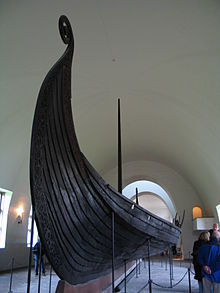
a glimpse of what other people pay for CAD nesting software
http://www.fashion-incubator.com/archive/cad_pad_or_tukatech/ shows prices for clothes CAD software at $5,000 or $7,000. These CAD CAM footwear softwear companies don't show prices and probably charge the same or more. Clicking-about on google I saw an "economical" plugin at $500 so the mainstream probably charges more than $500. Some companies split the industry-specific or plotter-specific cutting parts of their software from the nesting parts, so a combined program might be double the cost of a halved one. If I were selling a product that only sells a few downloads a year, I might quote or hint-at a high price and leave it to my commission sales person to haggle if they want, taking other offers into account.
This is a comment from a ship-builder or someone using software for welding with a robot plasma blow lamp: "Trouble with using a 'generic' nesting package is that it will only output a full sheet as a DXF file, so the plasma package will then machine the sheet how it likes, instead of cutting the individual parts out. You can programme sheetcam to cut the individual parts out, but it is a pain if you have to do a lot. With plasma software that has nesting built in, it will be optimised to cut each part out separately". I have no idea what that means, but shipbuilders probably know.
A lot of people also try to raid software instead of paying for it - rather like ancient Vikings. It's claimed that one of the sellers on the fashion incubator list managed to forge the dongles from another software company and sell a re-labelled copy as his own. From a safe distance, you have to admire Vikings for their cheek as well as their designs, which were possibly made with looted CAD CAM software too. Oh and I have a post about Viking office copier paper, which is not so testosterone-fuelled as viking raids.
As for other glimpses...
Plus2D from Nirvanatec has some free versions on download sites, but I guess they're trials because http://www.nirvanatec.com/order.html quotes €650 or €800 for a working core module. Money transfer to their bank is cheap via Transferwise but €650 or €800 are a lot in any currency - euros are worth about the same as US dollars.
http://www.shopbottools.com/mProducts/softwaretable.htm lists a few programs for "advanced nesting".
The site is about wood carving software so it may leave out some programs that just do nesting
Shopbot Partworks $795 on their site
Vectric Aspire $1,995 / £1,295 / €1,650 while their Vcarve Pro is $599 / £395 / €500 - I don't know the difference between these but if you are into wood carving they might be worth more research.
Delcam Artcam Express with nesting plugin £99 €125 $149 plus the plugin @ £299 €399 $499
Nesting software open source
I searched and found none, just some code waiting for someone to make-up into a program if they want and if it works. Wikipedia lists open source embroidery programs for free, which used to be a similar expensive niche. There are open source Computer Aided Design programs listed on the sortable table here with a sort-column for "licence". Some of them look usable for new users, but none has anything like nesting mentioned in their wiki descriptions. There are open source vector graphics programs including Inkscape, with requests on its message boards for someone to write a nesting module.
https://opensourceecology.org/wiki/Open_source_textiles came-up when I searched for "Computer Aided Drafting" after reading some posts on http://www.fashion-incubator.com.
There's no program on the list that offers nesting, as far as I can guess. One of them called Valentia Project is a recognisable piece of software with an installer; others like Sodacad are less familiar so maybe someone better at understanding obscure softare packages should have a look, but I don't think there is a free nesting function in any of the programs on the list.
Cutting dies made from Swedish steel strip.
There are a few firms that bend sharp steel strip into any shape you want and braze it to re-enforcements to keep it in shape when pressed. One firm I contacted quoted a pound an inch plus plus VAT and delivery. Long slits called crew-punches are I think £30 and round punches £10. I asked about belt strap dies - the price may be different for more curved shapes - you can see pictures of someone making them here. The workshop is on Lea Bridge Road, London. The company now has other branches - email one of them to egt the mobile number for the workshop. Other firms may charge a little more and some can cast a die for a longer-lasting and more accurate tool. I don't have any links to post, but the cost of dies is hard to guess till you ask so I thought it best to put a quote online. Oh here's another press-knife manufacturer from Google.
Templates for cutting-around with a knife can be simpler, but tend to get smaller each time if made of cardboard. Years ago there was a special brass re-enforcement available to prevent this. Nowadays people tend to order dies made of metal sheet, or trace round the board with a pencil and then try to cut along the line.
I got interested in nesting software while running a vegan footwear company called Veganline.com that sells vegan shoes boots and belts - the connection is a need to make vegan footwear uppers or bags out of microfibre. So far I haven't had help from software but these are notes in progress

